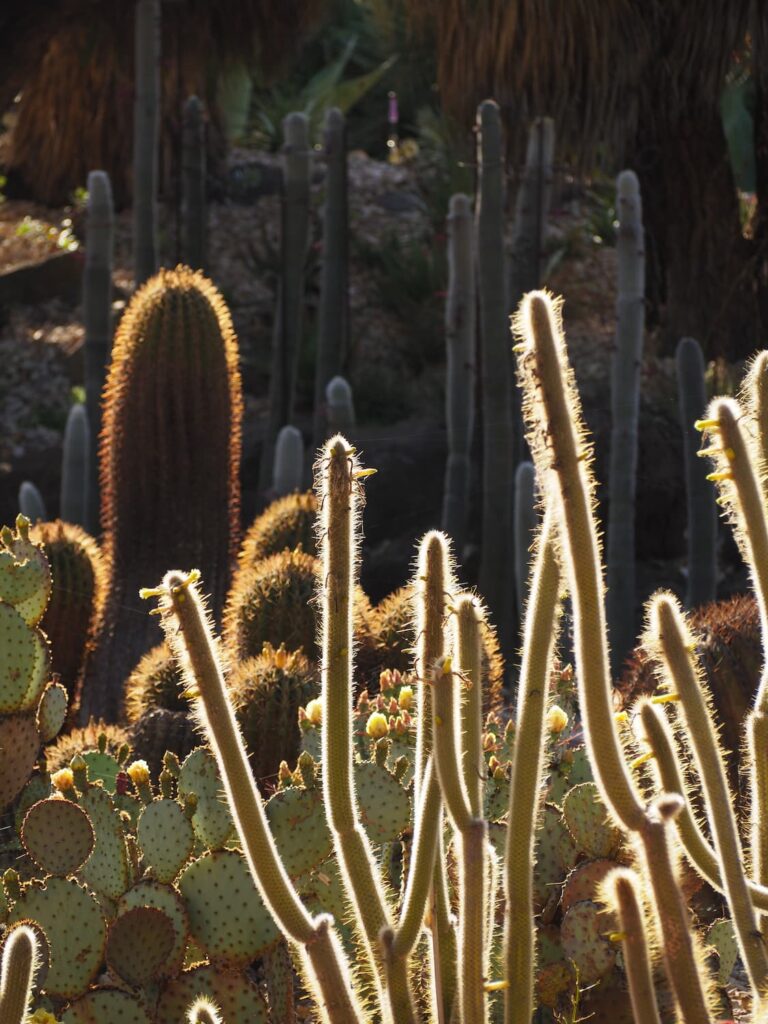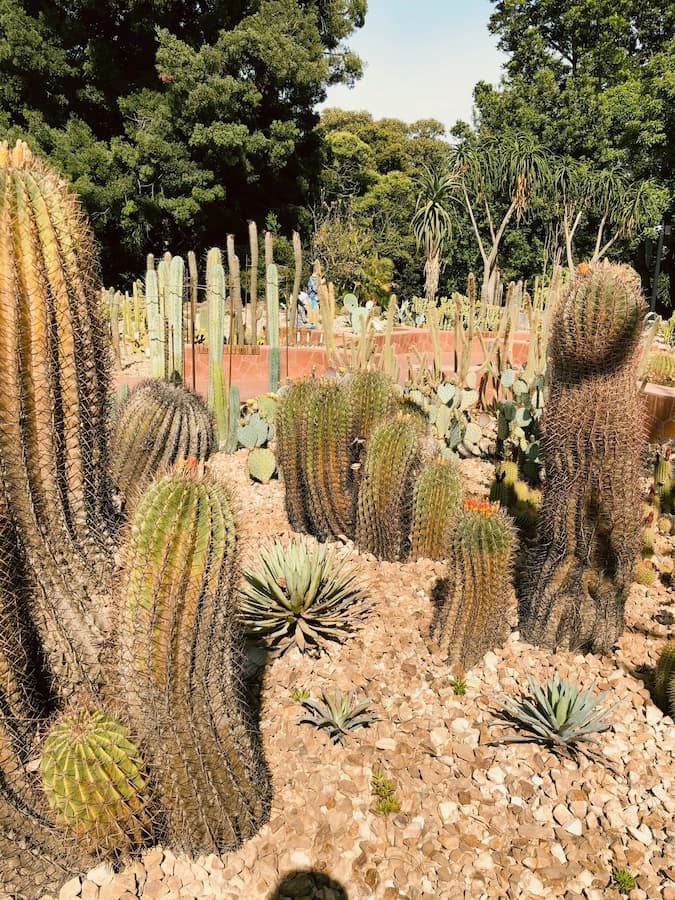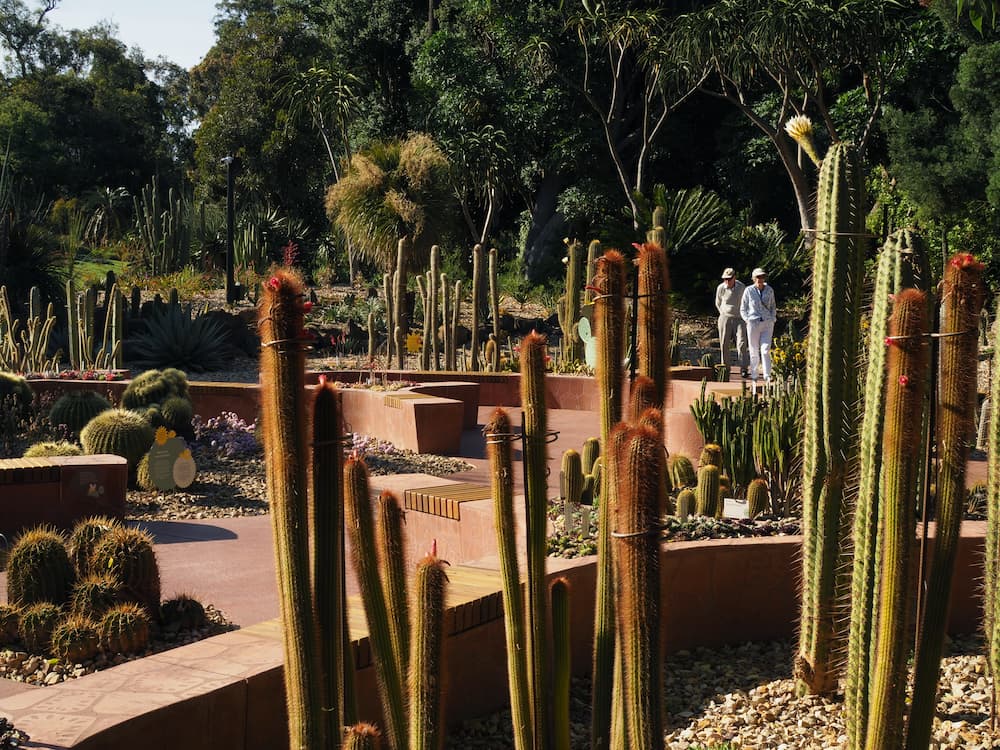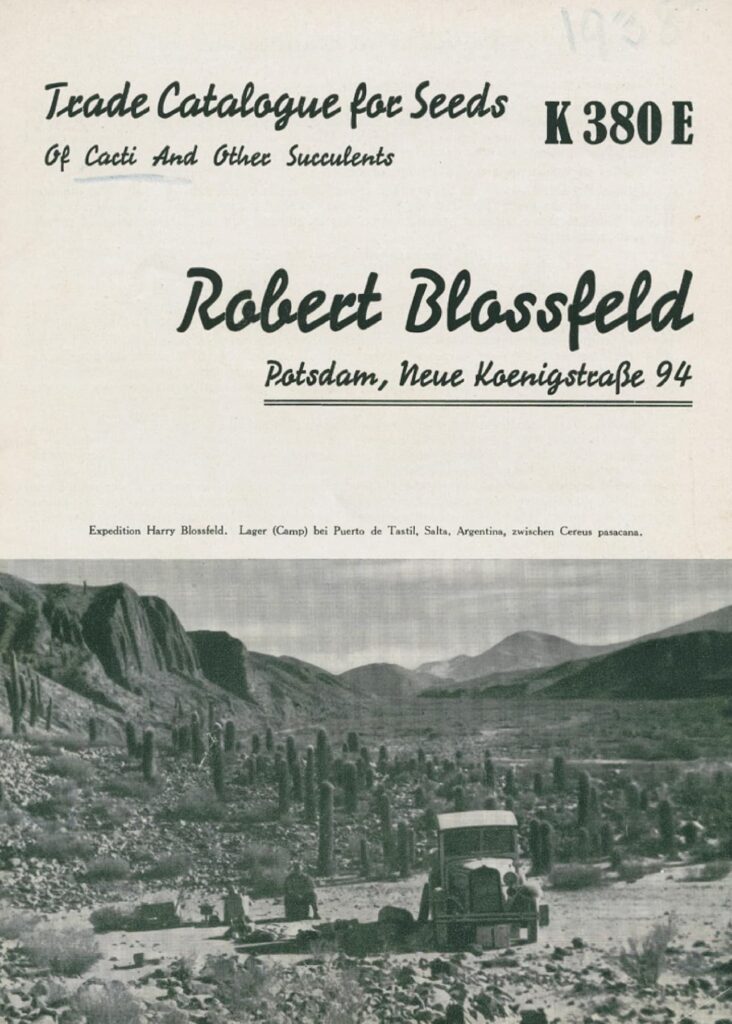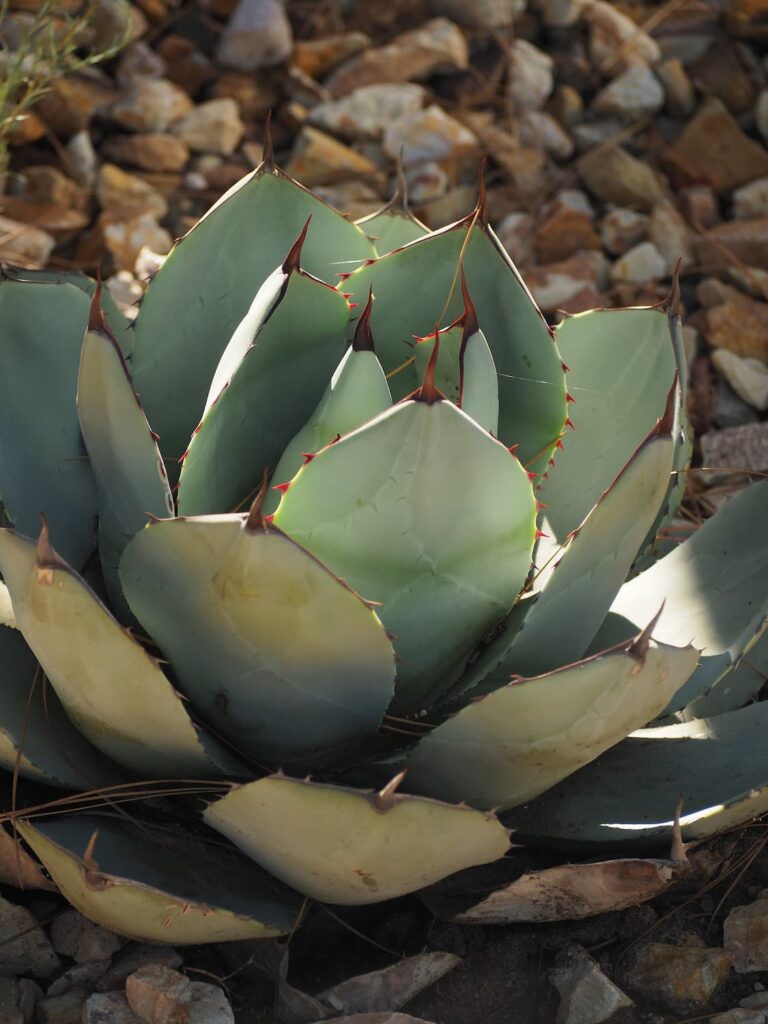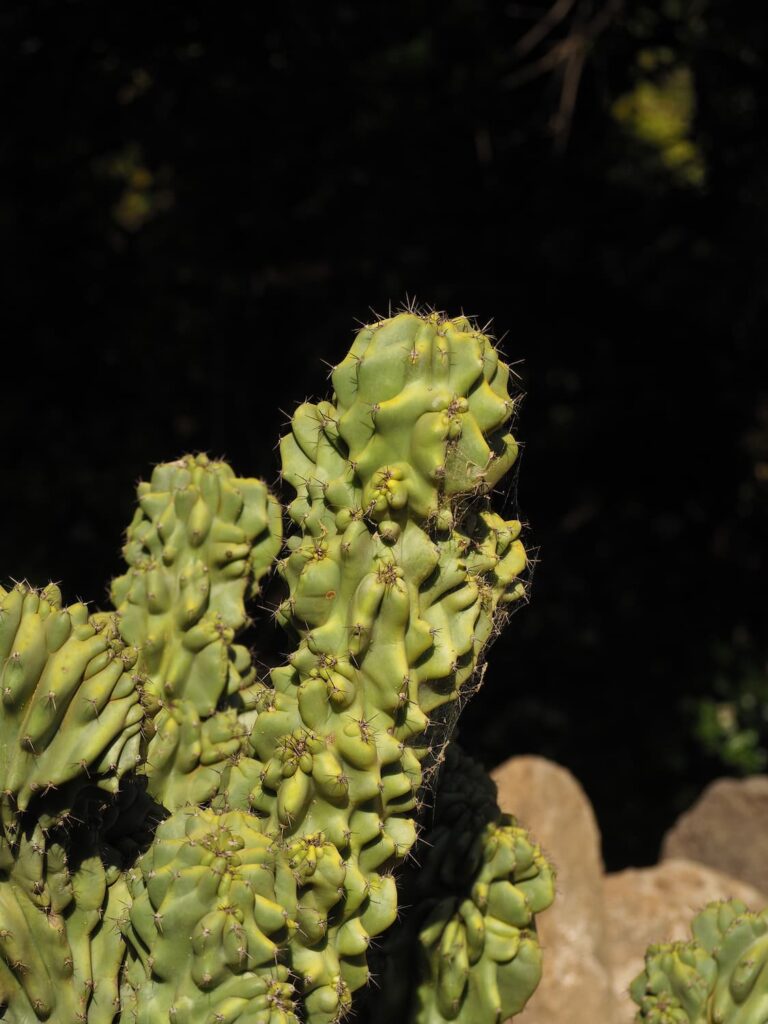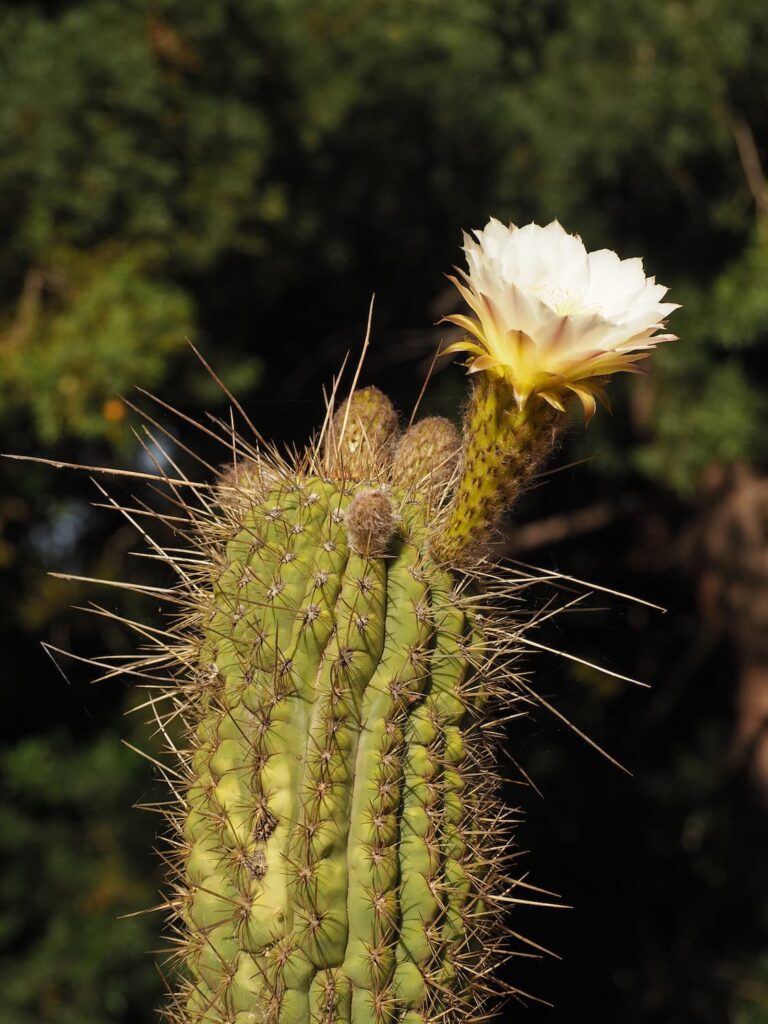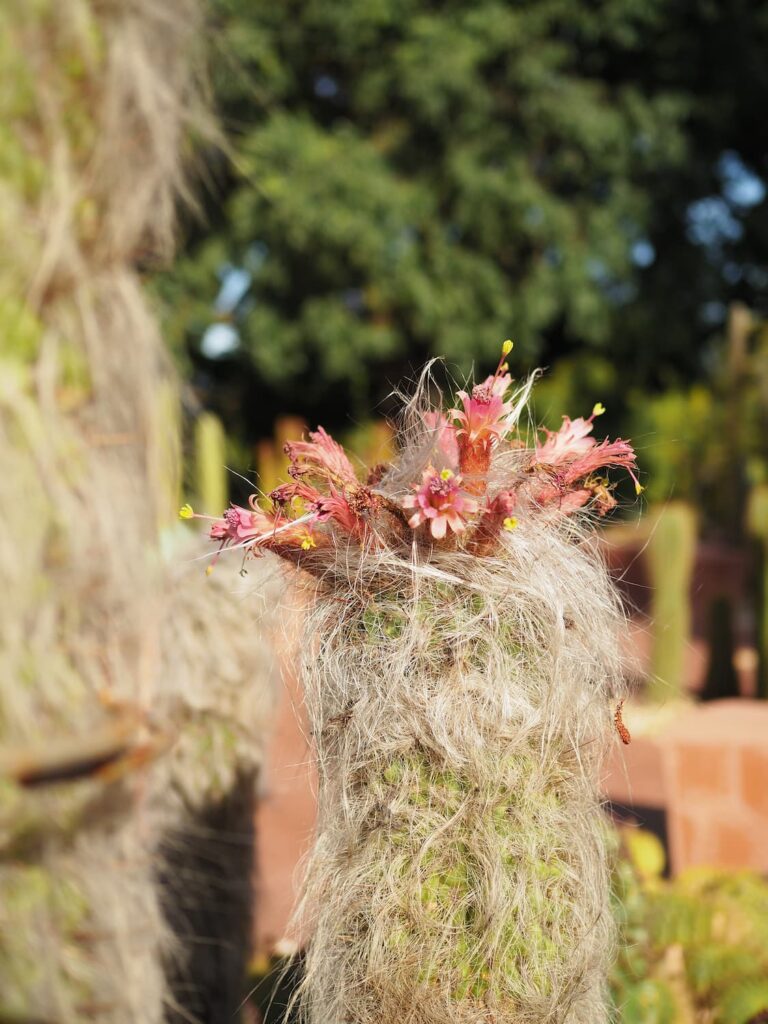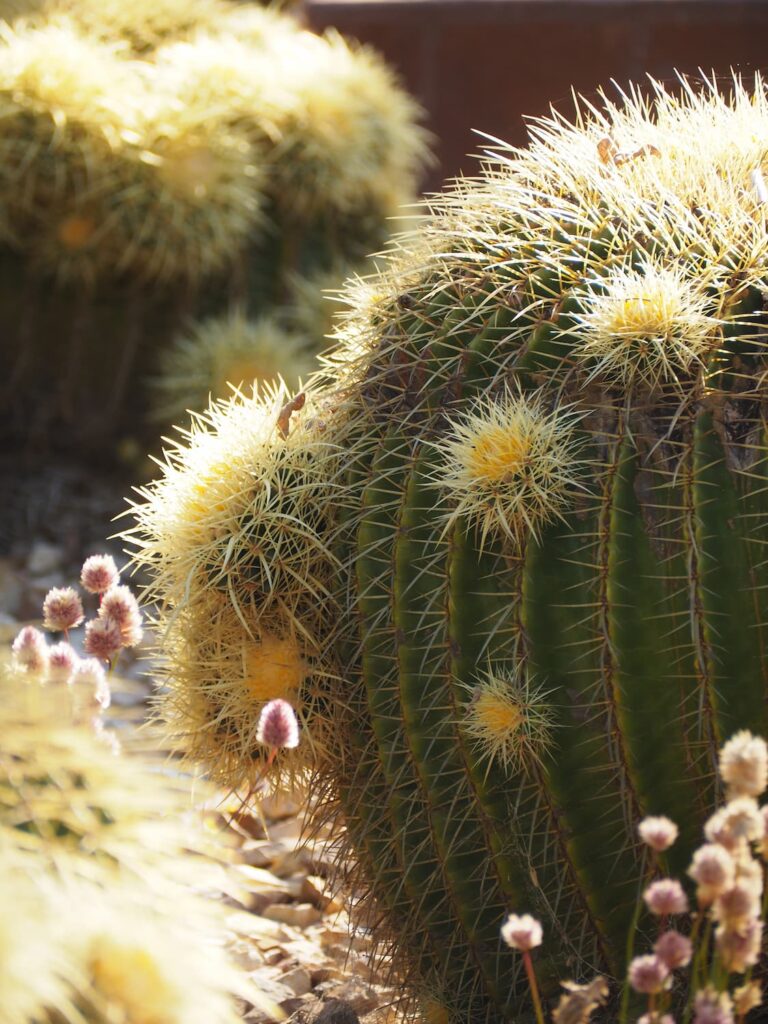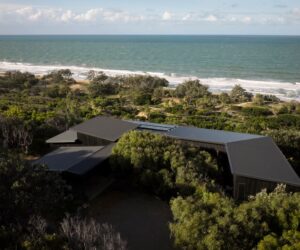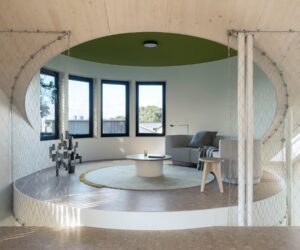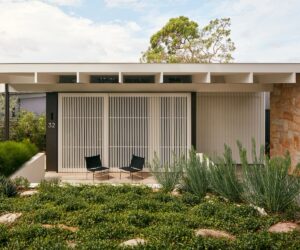Exotic Gift—Arid Garden at the Royal Botanic Gardens in Melbourne
The new Arid Garden at the Royal Botanic Gardens in Melbourne has its roots in a succulent and cacti collection started by a passionate young boy over a hundred years ago.
The story of the new Arid Garden at the Royal Botanic Gardens in Melbourne is anything but dry. A tale of vandals, expeditions to South America boyhood fascinations, shipments of exotic and rare plants that had never been seen before and everything coming back to where it began.
Renowned landscape architect Andrew Laidlaw has created an inward-spiralling, modern Parterre garden to celebrate this very special collection.
The story starts with 12-year-old Ralph Field and a visit to the Botanic Gardens in 1908.
Ralph had an 1896 copy of Boys Own Manual, which described how to graft a cactus, and gave it a go. He was pretty excited by his success and started asking neighbours for cuttings to use for his propagating experiments. When his parents discovered his passion, they organised a visit with the horticulture team at the Royal Botanic Gardens.
Charmed by his enthusiasm, the team gifted Ralph a number of cuttings and plants, which he took to his home in Kew to start his collection. His parents maintained the collection for him while he was away at World War One, and when he moved to Tennyson in Victoria to farm sheep, his collection went with him.
Ralph lived on the farm alone for 10 years before he got married and during his spare time, his passion for succulents and cacti grew.
In the 1930s, when he happened upon an invitation to invest in an expedition to collect cacti in one of his plant journals, he jumped at the chance.
Harold Blossfeld was a German plant hunter who travelled the world collecting seeds and cuttings of plants for nurserymen in Europe and America.
His funded expeditions were intrepid and sometimes dangerous – scaling mountains, sweating through jungles and fording rivers to collect elusive and rare plants to send to his benefactors. His advertisement was calling for subscriptions to his latest venture to South America. Ralph partnered with a local nurseryman to pay the £200 subscription for the promise of rare and exotic seeds and cuttings shipped to Australia – they were the only Australian subscribers. Ralph would meet the shipments at the docks in Melbourne and take them back to his farm. He received over a thousand different varieties over the course of a couple of years.
Ralph Field continued to add to his collection and started a nursery selling plants grown from that original material all over Australia. “Anyone in Australia with a sizeable collection of cacti… will have plants that had their origins in Ralph Field’s original collection,” says the Cactus and Succulent Society of Australia.
After his death, Ralph’s son Robert took over the farm. Andrew Laidlaw and curator Brett Pritchard went up to the farm for a visit about five years ago to discover that Robert had concerns about the future of his father’s collection. “Robert had looked after the collection his whole life and was worried about its future. We made him an offer: ‘you should think about selling it to us! It will be here forever and it’s a great legacy piece for you and your family’,” remembers Andrew. “He agreed a couple of months later – so [we] went up and moved the whole collection into the nursery here at the gardens.”
“It sat there until we received the enormously generous offer from Mrs Joan Darling to fund a garden in which to house it,” said Andrew. “Mrs Darling lives close to the gardens, it is almost her backyard! With her help, we were able to find a home for Robert and his father’s collection of plants.”
“It has been such a lovely collaboration. Robert has been involved from the beginning, and we still consult with him. He and Brett are currently working on the nomenclature [naming] of all the different varieties. Robert often comes in to the garden – if you’re really lucky, he will be here when you visit. He might even give you a tour.”
